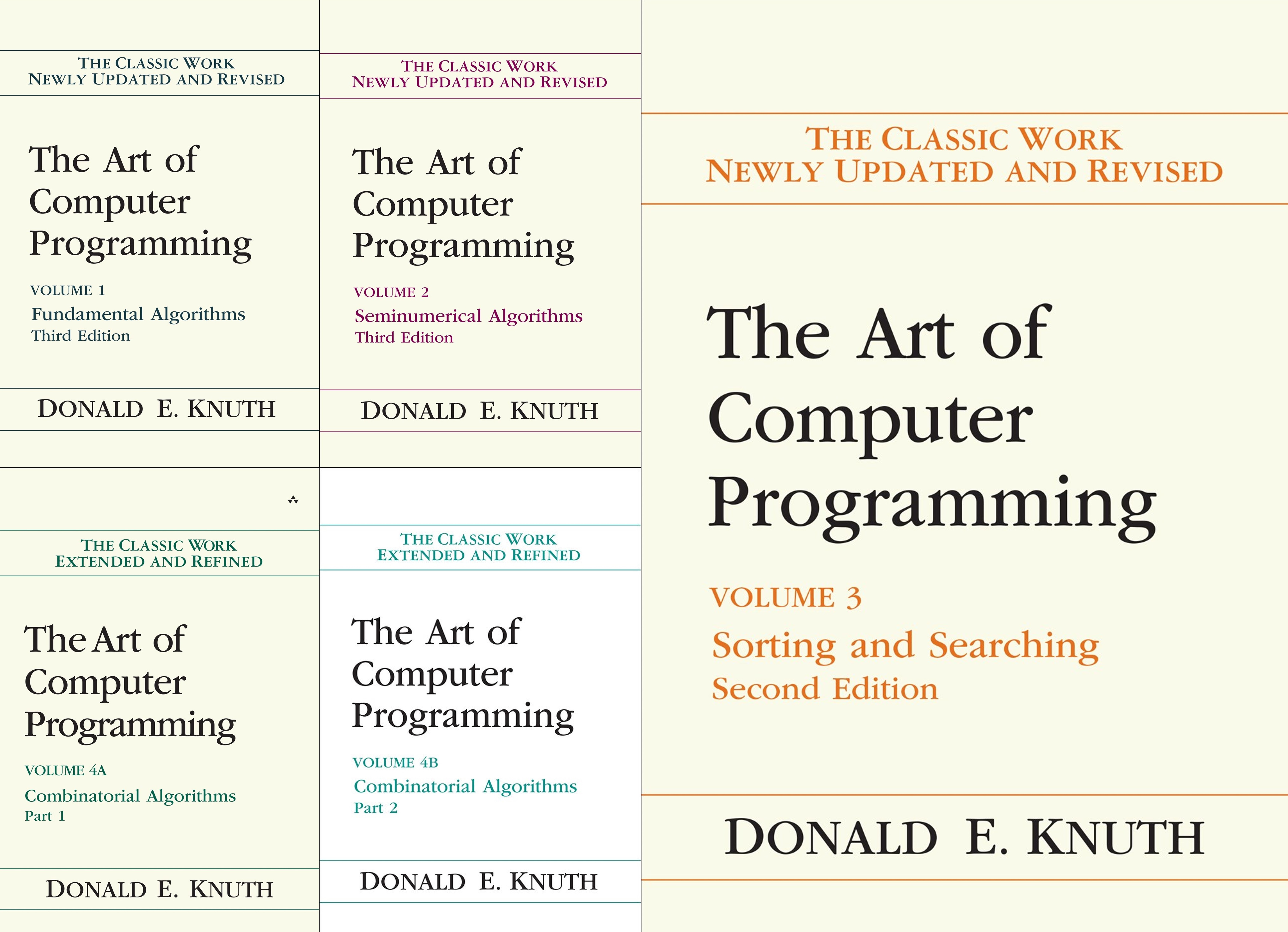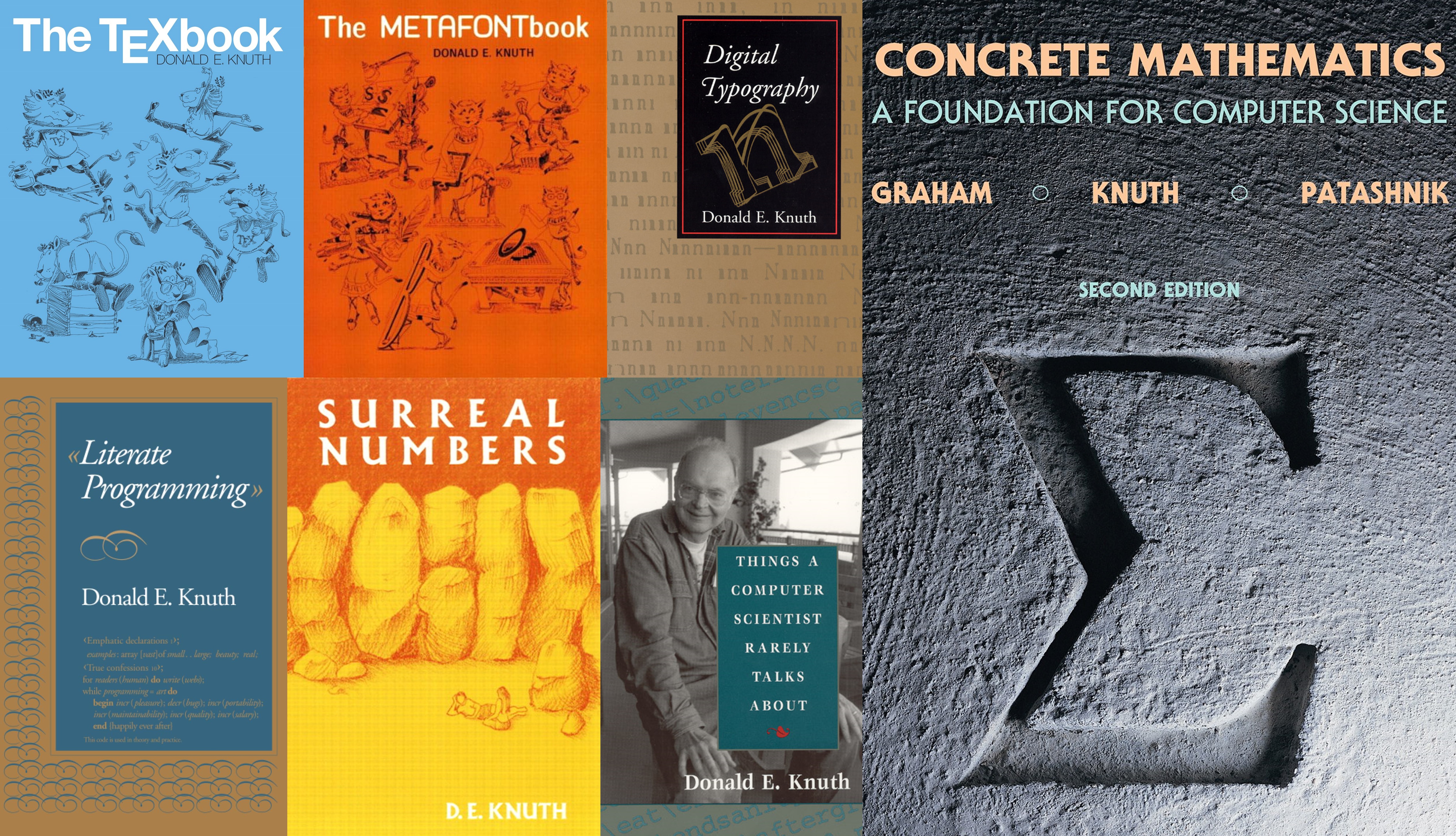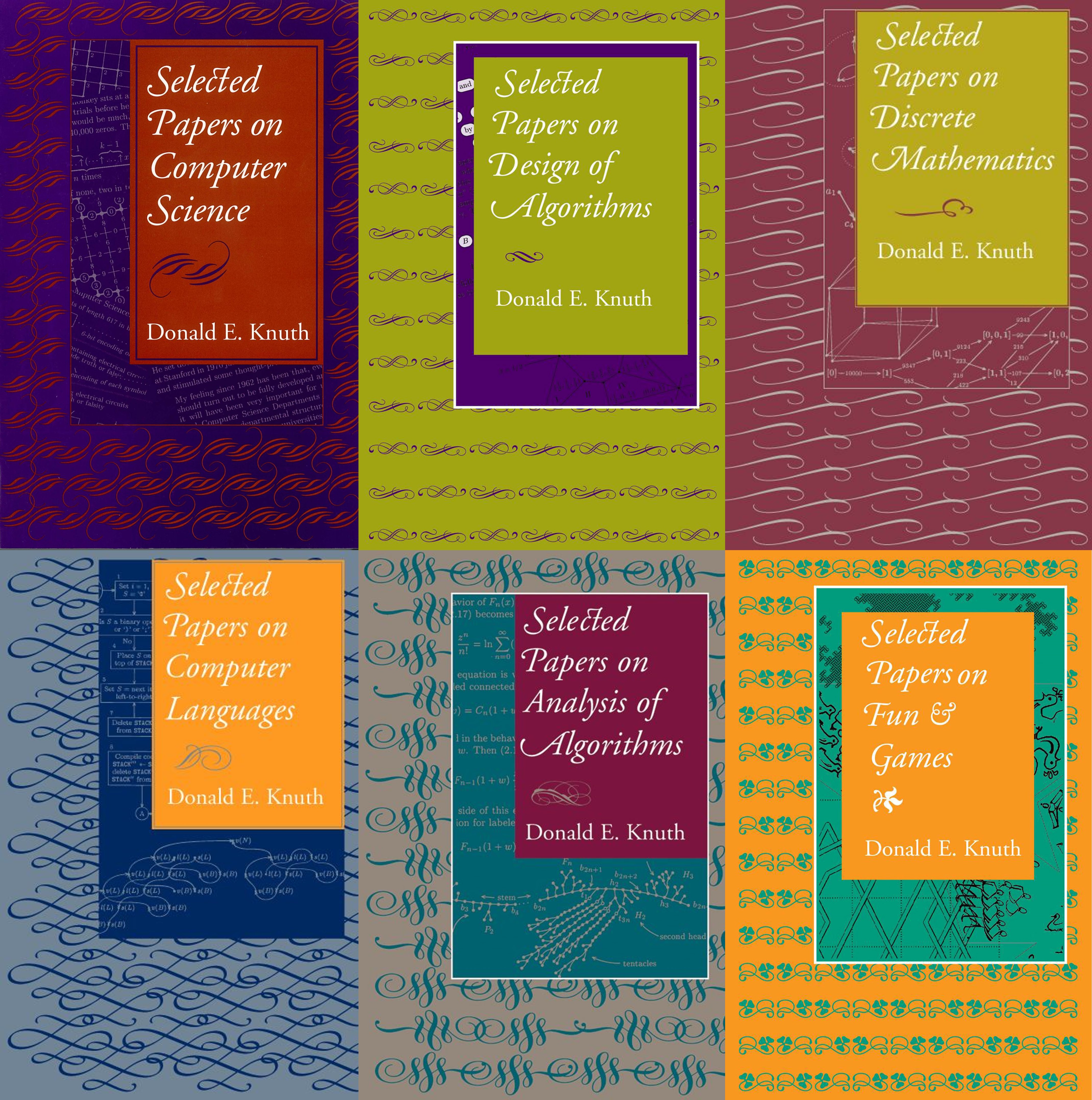A Tribute to Donald Knuth
Celebrating the everlasting legacy of a legendary computer scientist
I put this post together as a fun little activity for the CS310 (Automata Theory) course at IIT Bombay. At first, I was hesitant to write about Don Knuth because there were already so many write-ups, but I couldn’t resist after finding out it was his birthday that day.
I have kept this post intentionally short to encourage you to dive deeper into whichever aspects of his life you find interesting. Also, don’t forget to check out bloopers.
Introduction
My introduction to Knuth’s work goes way further back than I initially realised. It was through the Numberphile video about Graham’s Number, which explained Knuth’s arrow notation,1 a way to describe ridiculously fast growing hyperoperations. Back then, I had no idea who Knuth was, so when I came across Graham’s Number again later in my life, it felt amazing, like all the dots just connected at once.
Impacts
Knuth2 (pronounced as Ka-NOOTH) is best known for his magnum opus The Art of Computer Programming (TAoCP) volumes (work in progress) covering a wide range of topics from sorting to context-free languages.  The Art of Computer Programming Volumes (cover pages by informIT) These books are not for everyone; in fact, Knuth himself has mentioned that he writes them specifically for people who think like him (people with a peculiar kind of brain). To get an idea of Knuth’s thought-process, read the following excerpt.
The Art of Computer Programming Volumes (cover pages by informIT) These books are not for everyone; in fact, Knuth himself has mentioned that he writes them specifically for people who think like him (people with a peculiar kind of brain). To get an idea of Knuth’s thought-process, read the following excerpt.
In eighth grade, he entered a contest to find the number of words that the letters in “Ziegler’s Giant Bar” could be rearranged to create; the judges had identified 2,500 such words. With time gained away from school due to a fake stomachache, Knuth used an unabridged dictionary and determined whether each dictionary entry could be formed using the letters in the phrase. Using this algorithm, he identified over 4,500 words, winning the contest.
— Knuth’s Early Life3
This story in particular really resonated with me, as I did something similar back in primary school. I remember scouring through a dictionary to find like 200 words from a phrase, though I can’t recall that phrase.
While working on the TAoCP volumes, he was disappointed with the quality of typesetting, which led him to develop TeX and the beloved Computer Modern fonts, which revolutionised the landscape of digital typography and have now become a standard in academia.  Knuth’s other works (cover pages by informIT) While developing TeX, he created the Literate Programming paradigm, which again impacted millions of programmers. Who would’ve thought his little detours would keep making such a huge impact?
Knuth’s other works (cover pages by informIT) While developing TeX, he created the Literate Programming paradigm, which again impacted millions of programmers. Who would’ve thought his little detours would keep making such a huge impact?
While I can mention some of his other popular works such as Surreal Numbers, a conversational book about discovering numbers that he finished in just a week, or Things a Computer Scientist Rarely Talks About, which deals with faith and science, I would instead like to highlight his often overlooked gem on Concrete Mathematics, which is an amalgamation of CONtinuous and disCRETE mathematics which arose from TAoCP. The “mathematical graffiti” on its margins, which were submitted by the authors and students of Stanford made this book a very fun read.
Knuth used to reward people with checks for spotting errors in his books,4 which eventually led to its own financial fiasco. Anyway, when Concrete Mathematics was released, the errors in the graffiti started being reported faster than those in the text, showing just how much people enjoyed reading them.
 Knuth’s Selected Papers (cover pages by The University of Chicago Press) Lastly, his Selected Papers series is an anthology of essays surveying his papers across various domains in Computer Science, from Computer Languages and Algorithms to Discrete Mathematics and some Fun & Games.
Knuth’s Selected Papers (cover pages by The University of Chicago Press) Lastly, his Selected Papers series is an anthology of essays surveying his papers across various domains in Computer Science, from Computer Languages and Algorithms to Discrete Mathematics and some Fun & Games.
And, this concludes the post, I hope you enjoy reading the recommended books and videos. Happy birthday Knuth!
Videos
Life Story
Podcast
Playlist
Lectures
Some videos are blocked from embedded video playback on external sites. To accommodate for such cases, you can either click on video links to open it within the YouTube interface or simply refer to this playlist containing all of his lectures.
Annual Christmas Lectures
Computer Musings
Aha Sessions
Bloopers
Err and err and err again but less and less and less
— Piet Hein (The Road to Wisdom)